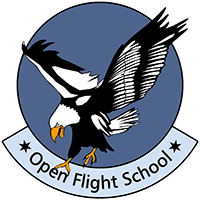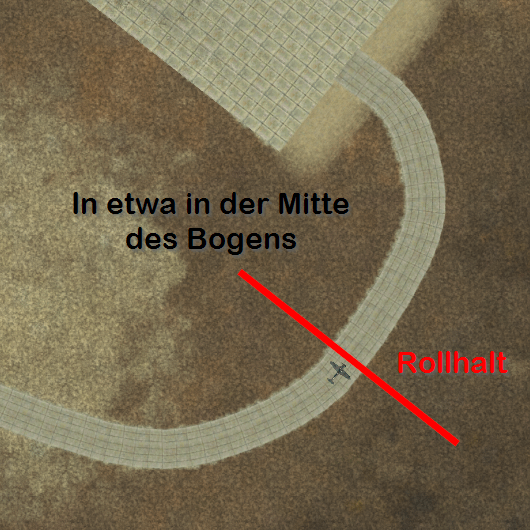The Airfield: Structure, Traffic Rules and Procedures
2. Airport Procedures
2.5. The Hold
Before taxiing onto the runway, the aircraft is stopped. The taxi clearance is valid to the HOLD for the runway and not onto the runway.
You have to imagine it like there is a STOP sign in front of the entrance to every runway. On modern airfields there is indeed a clearly visible stop line. With some aircraft types (and simulations), there is a checklist to complete at the Hold. These configure the systems to minimise time on the runway before takeoff, so as not to block it longer than necessary.
The most important thing, however, is the lookout into the approach lane (airspace) and on the runway for other aircraft. Both have to be clear before you taxi onto the runway, unless ou are completing a formation takeoffs with other players. If another pilot controls the movements of all the individual planes and gives permission for the formation to enter and align on the runway (line-up), you should still look out for other traffic. Depending on the simulation (e.g. with DCS), you may have to radio the ATC (Tower) to get clearance to enter the runway.
If there are no Stop Markings (Yellow Line) you can hold relatively close to the edge of the runway. If the runway is very narrow, you may need to keep more distance. This is for your own protection. If, for example, a bomber is landing with its wings protruding beyond the runway and you are standing very close to the edge of the runway, a collision could occur. The same applies if another pilot makes an emergency landing with limited control and touches down too far to one side.
The picture below shows an example. Here the middle of the turn arc is used as a safe holding point.

